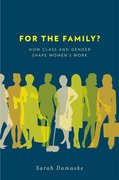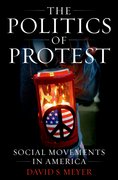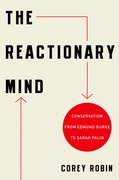Keeping nonviolent resistance real
Our world is filled with conflicts. They often cause us grave problems. However, conflicts themselves are not the real problem. Conflicts are often positive and a given conflict can have meritorious purposes. Problems arise principally from the means by which conflicts are often waged: through violence.
















